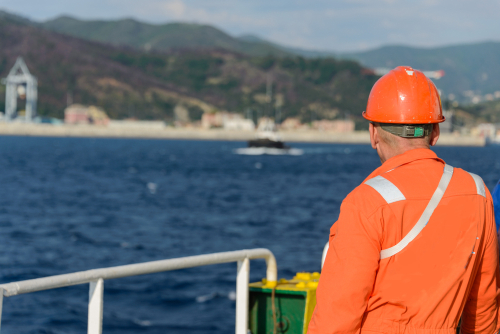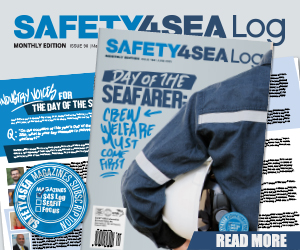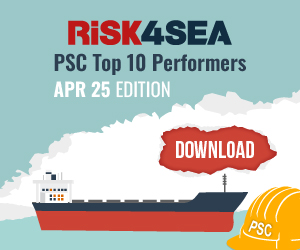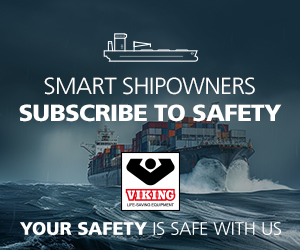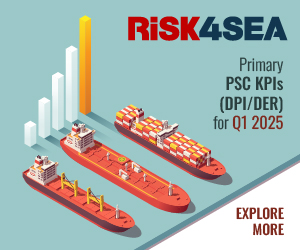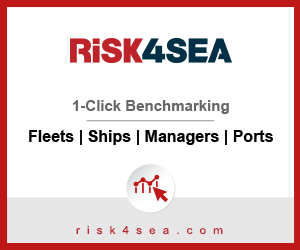In view of recent heightened risk due to geopolitical uncertainty, Steamship Mutual and Marine Media Enterprises have published a video on how to stay safe when navigating through high-risk maritime areas.
As explained in regions where there is political tension or instability, key shipping lanes can become targets for acts of terrorism, war, or piracy, and innocent commercial ships can be attacked. There are places where this is occurring right now, and it is not always possible for these high-risk areas to be avoided.
For instance, as of mid-2025, commercial vessels navigating the Red Sea and Strait of Hormuz face heightened security risks due to regional conflict and geopolitical tension. In the Red Sea, Iran-backed Houthi rebels in Yemen continue to pose a major threat against vessels linked to Israel. Meanwhile, the Strait of Hormuz remains volatile amid escalating Iran-Israel tensions, with Iran threatening closure and engaging in occasional vessel seizures.
The video provides practical guidance for seafarers on preparing for, responding to, and recovering from potential security threats such as piracy, terrorism, or armed conflict.
Key measures for transiting high-risk areas
- Under your ship’s security plan, you will have had drills to familiarize yourself with the alarm warning of an attack and how to respond. It is vital that you understand your duties and can respond instinctively if there is an alarm.
- In high-risk areas, there should be no unnecessary activities on deck or in exposed locations, and only essential personnel should be on the bridge or in the engine room.
- If there is a security alarm, assemble in the designated safe muster point or citadel until the threat has passed and orders to leave are given. Even then, stay clear of exposed locations until the ship is out of the high-risk area.
- Being properly prepared before entering a high-risk area is vitally important. More intense watchkeeping is essential, so get plenty of rest, so that you can maintain these duties.
- Your ship might have armed security guards on board. They will provide guidance on how to strengthen the ship’s security and increase your confidence.
- When approaching or in a high-risk area, electronic devices may need to be turned off to reduce the ship’s electronic profile.
- Being prepared also involves strengthening your mental resilience and building confidence; activities on board can support this.
- In high-risk areas, there are reporting procedures to control centers ashore. These centers monitor your ship, warn of threats, and when necessary mobilize military support to provide assistance protection.
- Your ship is not as isolated and vulnerable as it might seem.
- When you are clear of the high-risk area, contact your family to assure them that you are safe and well.
- Mental and physical preparation, increased vigilance, and an instinctive response to any security alarm all help to ensure that the threats in high-risk areas can be met and overcome, and your voyage continued in peace and safety.
































